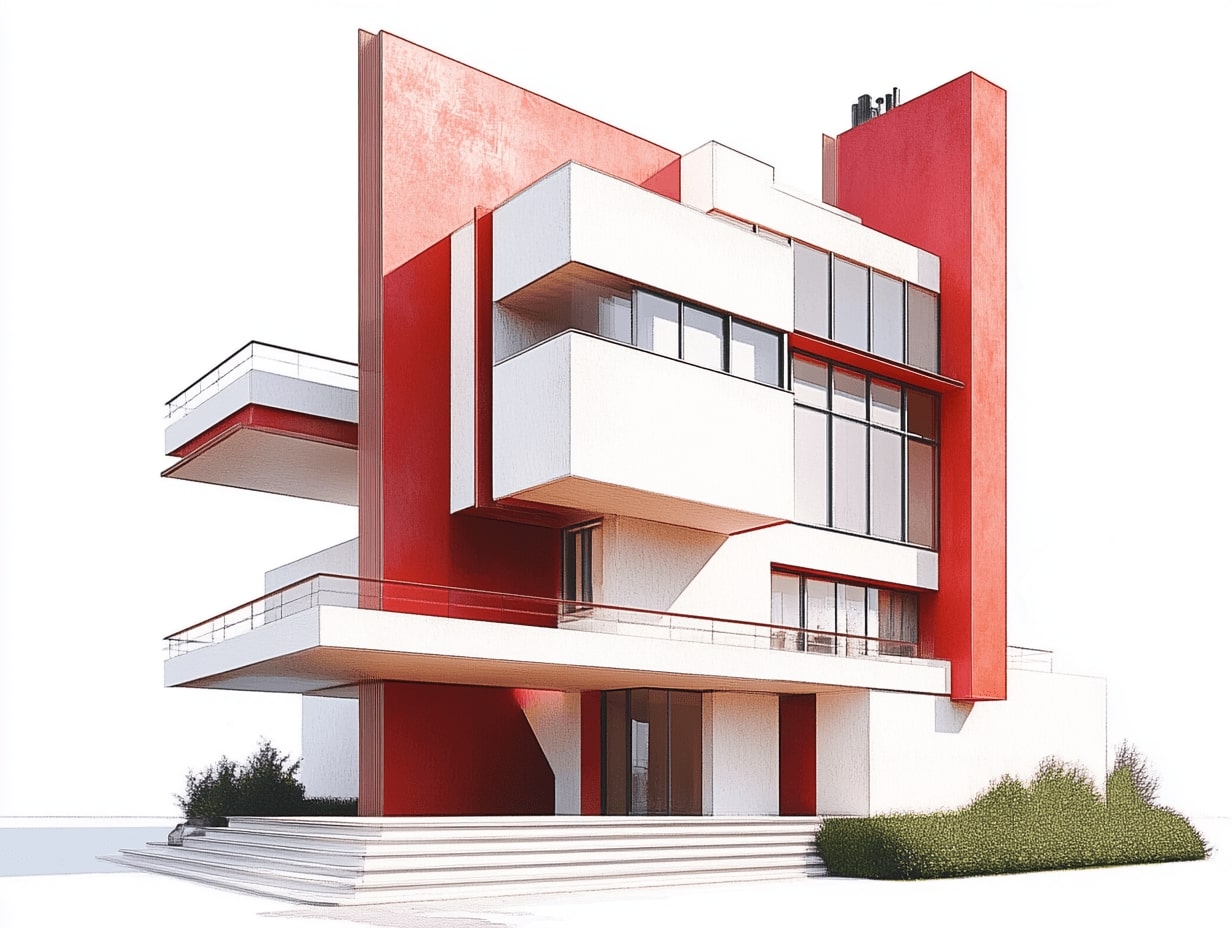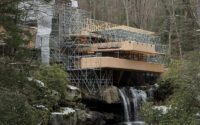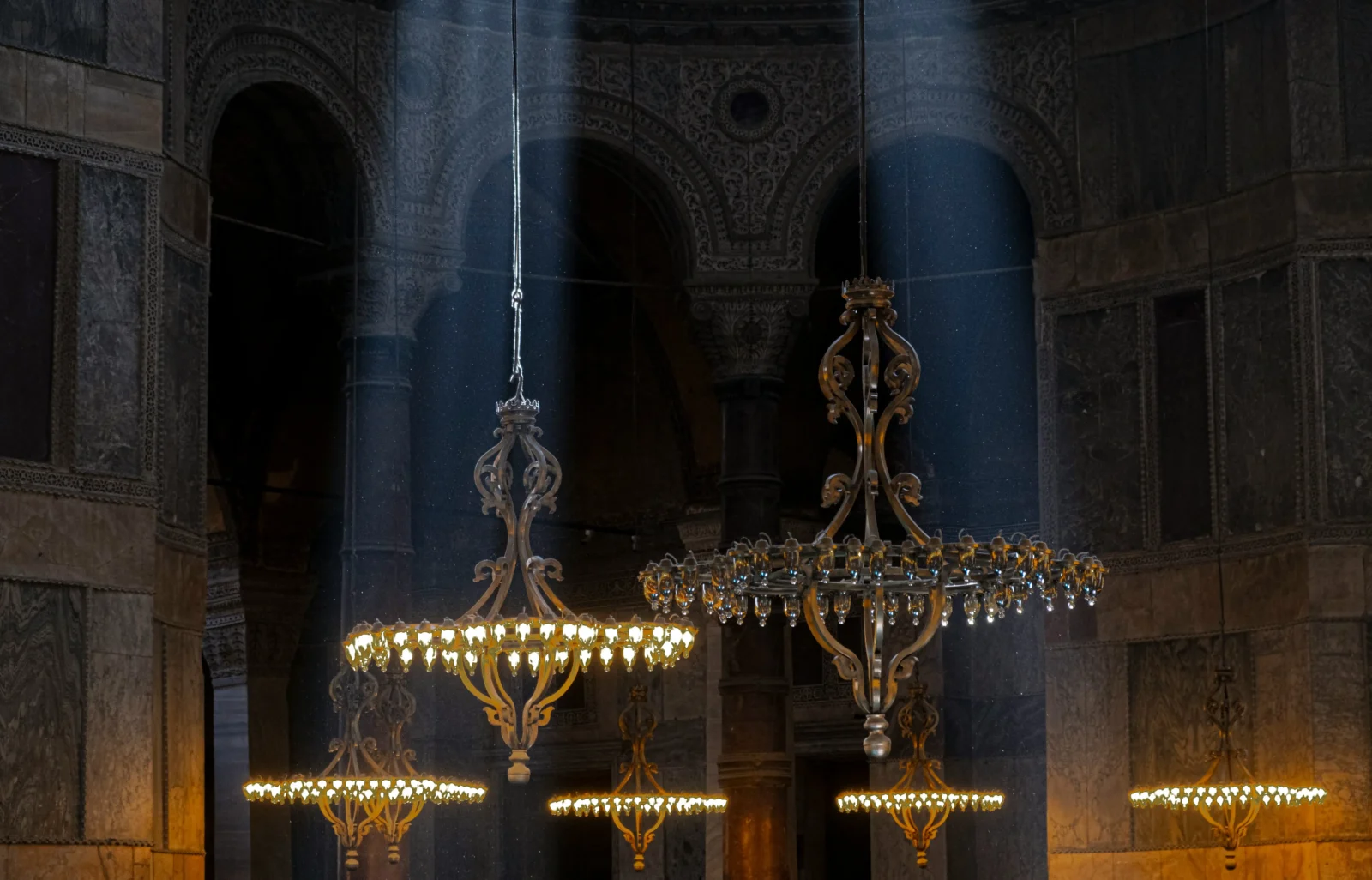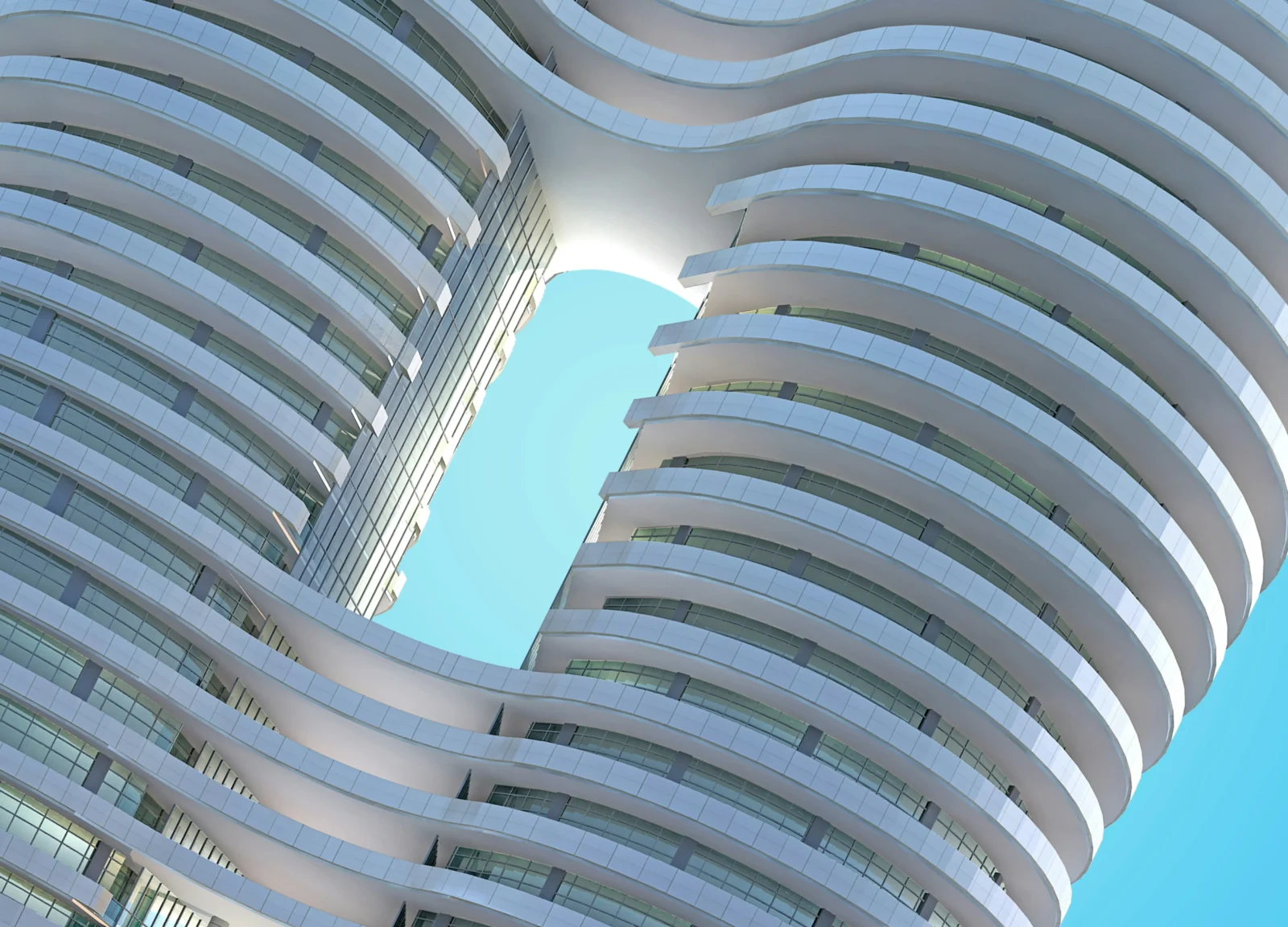- Home
- Articles
- Architectural Portfolio
- Architectral Presentation
- Inspirational Stories
- Architecture News
- Visualization
- BIM Industry
- Facade Design
- Parametric Design
- Career
- Landscape Architecture
- Construction
- Artificial Intelligence
- Sketching
- Design Softwares
- Diagrams
- Writing
- Architectural Tips
- Sustainability
- Courses
- Concept
- Technology
- History & Heritage
- Future of Architecture
- Guides & How-To
- Art & Culture
- Projects
- Interior Design
- Competitions
- Jobs
- Store
- Tools
- More
- Home
- Articles
- Architectural Portfolio
- Architectral Presentation
- Inspirational Stories
- Architecture News
- Visualization
- BIM Industry
- Facade Design
- Parametric Design
- Career
- Landscape Architecture
- Construction
- Artificial Intelligence
- Sketching
- Design Softwares
- Diagrams
- Writing
- Architectural Tips
- Sustainability
- Courses
- Concept
- Technology
- History & Heritage
- Future of Architecture
- Guides & How-To
- Art & Culture
- Projects
- Interior Design
- Competitions
- Jobs
- Store
- Tools
- More
Constructivism vs Deconstructivism Architecture: Key Differences and Influences Explained
Explore the contrasts between constructivism and deconstructivism in architecture—rationality and functionality versus fragmentation and complexity. This article delves into their philosophies, cultural impacts, iconic designs, and influence on modern and contemporary architectural practices, offering a deep dive into these transformative movements.

Architecture has always been a reflection of our evolving ideas, culture, and creativity. Two striking movements that challenge conventional design are constructivism and deconstructivism. While both push boundaries, they do so in dramatically different ways, sparking endless fascination and debate among architects and enthusiasts alike.
Constructivism thrives on order and functionality, embracing geometric precision and industrial materials to serve a purpose. On the other hand, deconstructivism boldly defies structure, embracing chaos and unpredictability to provoke thought and emotion. These styles don’t just shape buildings—they shape how we experience space and challenge our perception of design itself.
As we dive into the contrasts between these architectural philosophies, we’ll explore their origins, principles, and the iconic structures that define them. Let’s uncover how these movements continue to inspire and reshape the architectural world.

Table of Contents
ToggleUnderstanding Constructivism Architecture
Constructivism is an early 20th-century architectural movement emphasizing functionality, geometric designs, and structural clarity. It emerged during a time of social and industrial transformation.

Key Features And Principles
This style prioritizes utilitarianism, integrating form with function. Structures often use basic geometric shapes like cubes and cylinders to create clean, dynamic forms. Materials such as steel, concrete, and glass characterize its industrial aesthetics. Emphasis on transparency, prefabrication, and modular construction highlights its alignment with socialist ideals. Bold visual elements, including intersecting planes and diagonal lines, create a sense of motion and purpose.
Historical Context And Influences
Constructivism originated in post-revolutionary Russia during the 1920s, influenced by the political and cultural ideals of the Soviet Union. The movement sought to reflect collective progress and technological innovation. Avant-garde art movements such as Suprematism and Futurism informed its design principles, combining abstract forms with functionalism. As a response to traditional aesthetics, it aimed to break free from historical ornamentation.
Prominent Examples Of Constructivism
We can see the principles of constructivism in iconic structures like the Shukhov Tower in Moscow, an early use of hyperboloid engineering for utility and aesthetics. The Rusakov Workers’ Club exemplifies geometric form and social functionality. Another example, the Lenin Tribune, integrates abstract design with symbolic meaning, though it was never fully realized.
Exploring Deconstructivism Architecture
Deconstructivism architecture defies traditional norms, introducing fragmentation and unconventional forms. This movement celebrates complexity, inspiring designs that question conventional aesthetics.

Core Characteristics And Philosophy
Deconstructivism architecture values irregularity, asymmetry, and unpredictability. Designs often lack harmony or rigid structure, focusing instead on disjointed shapes and dramatic contrasts. Architects use non-linear forms to create visually dynamic spaces, reflecting chaos and discord. Influences include postmodern philosophy and the deconstruction theory of Jacques Derrida, which extend into architectural exploration of instability and reinterpretation.
Material selection emphasizes juxtaposition, with contrasts like raw concrete paired with polished metal or expansive glass planes intersecting with textured surfaces. These elements engage viewers, challenging their perception of space and function. The movement disregards decorum, accepting distortion and breaking away from historical architectural narratives.
Evolution And Architectural Impact
Emerging in the late 20th century, deconstructivism gained prominence through exhibitions and critiques that questioned modernism’s principles. The 1988 “Deconstructivist Architecture” exhibition at New York’s Museum of Modern Art highlighted structures pushing boundaries and rejecting traditional methodologies.
This approach influenced urban landscapes and the perception of architecture. By introducing fragmentation into large-scale designs, the movement reshaped iconic cityscapes. Educational spaces, cultural institutions, and public buildings adopted deconstructivist methods, encouraging bold experimentation and reinterpretation of social spaces.
Deconstructivism inspired subsequent architectural philosophies like blobitecture and parametricism, evolving the use of advanced materials and digital design tools. Its focus on form and meaning continues to provoke discussions about functionality versus artistic expression, ensuring its relevance.
Iconic Structures Of Deconstructivism
Renowned structures represent the essence of deconstructivism. The Guggenheim Museum in Bilbao by Frank Gehry uses titanium panels and sweeping curves, creating a fragmented yet cohesive design. The Walt Disney Concert Hall, another Gehry masterpiece, features curvilinear forms influencing its acoustics and interaction with surrounding urban spaces.
Zaha Hadid’s Vitra Fire Station exhibits sharp angles and overlapping lines, embodying disruption and fluid abstraction. Daniel Libeskind’s Jewish Museum in Berlin captivates with its jagged, angular forms, using disorienting spaces to reflect historical trauma. The CCTV Headquarters in Beijing, designed by Rem Koolhaas and Ole Scheeren, challenges traditional skyscraper typology with interconnected geometric volumes.
These structures demonstrate how deconstructivism integrates artistic intent with innovative approaches, redefining function and experience.
Comparing Constructivism Vs Deconstructivism Architecture
Constructivism and deconstructivism offer contrasting philosophies and designs that highlight distinctive architectural ideologies. Both movements shaped architecture in unique ways, yet their differences define their essence and influence.

Philosophical Differences
Constructivism centers on rationality, functionality, and harmony with societal needs. It aligns with industrial progress, reflecting socialist ideals and practical uses. Emphasizing purpose over form, it merges engineering precision with geometric aesthetics.
In contrast, deconstructivism focuses on disrupting norms and exploring fragmentation. Inspired by Derrida’s deconstruction, it values complexity and challenges traditional notions of space and meaning. By rejecting symmetry and predictability, it emphasizes freedom and individual interpretation.
Design And Structural Approaches
Constructivist designs prioritize geometric clarity and structural integrity. Using materials like steel, concrete, and glass, it embraces minimalism and uniformity. Buildings like the Shukhov Tower and Lenin Tribune exemplify its emphasis on efficiency and simplicity.
Deconstructivism, however, celebrates irregular forms and unconventional structures. Architects manipulate surfaces and volumes to create dynamic, often chaotic visual effects. Examples like Gehry’s Guggenheim Museum and Hadid’s designs showcase asymmetry and unexpected material combinations that provoke thought.
Influence On Modern Architecture
Constructivism influenced modernist principles by integrating functionality and technology. It laid the groundwork for industrial and civic architecture, inspiring design philosophies in social housing, urban planning, and public infrastructure.
Deconstructivism redefined contemporary aesthetics, affecting cultural and institutional designs worldwide. Its playful, boundary-pushing forms inspire innovation and artistic exploration, leaving a lasting mark on global architectural landscapes. Prominent figures continue to shape urban narratives through bold reinterpretations of space and form.
The Cultural And Societal Impacts
Constructivism and deconstructivism influence cultural identity and societal dynamics through their distinct architectural philosophies. Each movement leaves a lasting imprint on urban spaces and reflects prevailing ideologies and values.

Role In Urban Development
Constructivism shapes urban development with its focus on practicality and community needs. Its integration of functionality into industrial and residential structures supports social utility. Cities in post-revolutionary Russia feature public buildings like workers’ clubs and communal housing projects that embody collective ideals and improve living standards. Examples include the Zavodov Construction project and Moscow’s Narkomfin Building.
Deconstructivism transforms urban spaces through bold, unconventional designs. Its fragmented forms and innovative materials redefine skylines and attract attention to cultural landmarks. The Guggenheim Museum in Bilbao revitalized the local economy, illustrating how deconstructivism not only alters aesthetics but also stimulates economic growth. Other examples include the Maxxi Museum in Rome and the Fondation Louis Vuitton in Paris.
Reflection Of Societal Values And Ideologies
Constructivism reflects the collective aspirations of a society in transition. Rooted in socialist principles, it aligns architecture with progress and equality. By prioritizing utility and simplicity, constructivist designs symbolize collaboration, industrialization, and modernity.
Deconstructivism challenges traditional societal structures and promotes individual expression. Emerging from postmodern philosophy, it mirrors a shift away from uniformity towards celebrating diverse perspectives. Buildings like Daniel Libeskind’s Jewish Museum engage the public by evoking emotions and interpreting complex historical narratives, emphasizing personal experiences over universal ideologies.
Conclusion
Constructivism and deconstructivism represent distinct approaches to architectural design, each shaped by unique cultural, social, and philosophical influences. Constructivism embodies rationality, functionality, and collective aspirations, using geometric forms and industrial materials to meet practical societal needs. Its legacy lies in structures that prioritize utility while aligning with socialist ideals, shaping 20th-century modernism.
Deconstructivism disrupts traditional norms by embracing fragmentation, complexity, and visual unpredictability. It challenges conventions and encourages individual interpretation, merging bold aesthetics with innovative materials and methods. Unlike constructivism’s clarity, deconstructivism thrives on dissonance, creating buildings that redefine urban skylines and evoke emotional responses.
Both movements significantly impact architecture, reflecting their respective times while inspiring contemporary practices. Constructivism’s influence persists in functional and minimalist designs, while deconstructivism continues to shape experimental and dynamic architectural trends. Together, they offer contrasting yet complementary narratives that enrich our understanding of architecture’s evolution.
- Constructivism architecture
- Constructivism design principles
- Constructivism vs deconstructivism comparison
- Constructivism vs deconstructivism influence
- Constructivist architecture characteristics
- Contemporary architecture movements
- deconstructivism architecture
- Deconstructivism design principles
- Deconstructivist architecture examples
- Differences between constructivism and deconstructivism
- Famous deconstructivist architects
- Historical context of constructivism
- Historical context of deconstructivism
- History of constructivist architecture
- Impact of deconstructivism on modern design
- Influence of constructivism in architecture
- Influence of deconstructivism in architecture
- Key figures in constructivism
- Key figures in deconstructivism
- Modern constructivism buildings
- Postmodern architecture styles
Submit your architectural projects
Follow these steps for submission your project. Submission FormLatest Posts
Best LED Shop Lights 2026: Brightest Options for Garage & Workshop
In 2026, LED shop lights have become essential for creating safe, efficient,...
Coloring Your Year: Using Traditional Lunar New Year Hues to Transform Your Apartment Décor
Lunar New Year always brings a burst of color and energy, making...
Chandelier Light vs Ceiling Lights: Which Decorative Lighting Works Best for UAE Homes in Winter?
Winter in the UAE doesn’t arrive loudly. It doesn’t announce itself with...
Marketing for Architects: How Firms Are Getting More Clients Without Chasing Leads
Architectural marketing has changed in important ways. Referrals and reputation still matter,...












Leave a comment